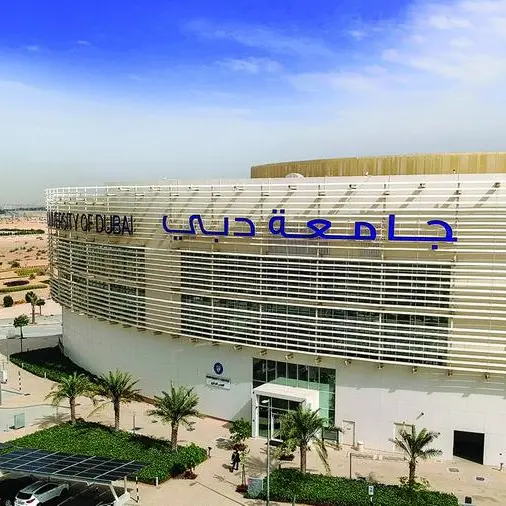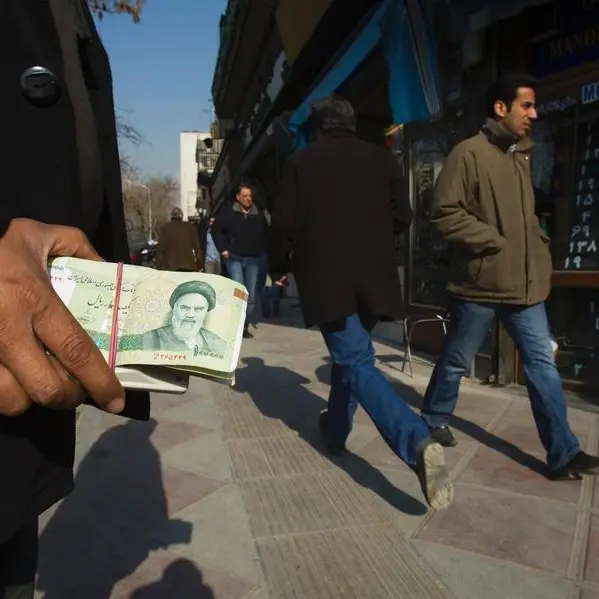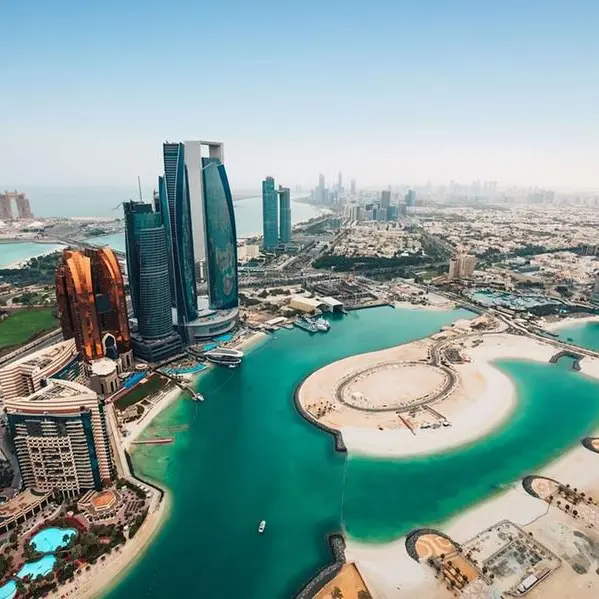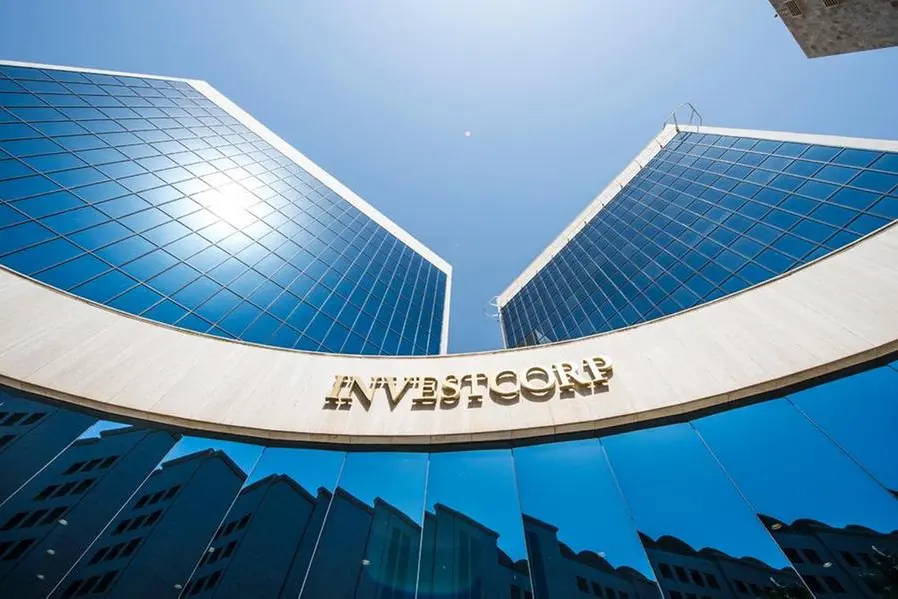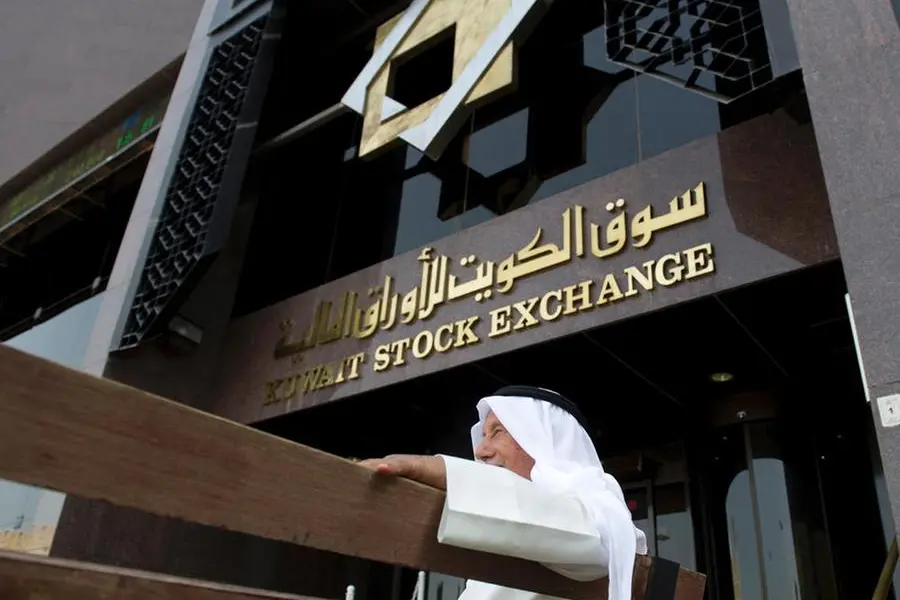13 July 2009
The last order for jack-up rigs was placed in September and there are no signs that new orders will be placed for at least the next 18 to 24 months, a senior executive at a 30-year-old UAE-based rig construction company said.
"We were the last ones to be awarded the contract. It came from the First Energy Bank in Bahrain," Kevin J Hudson, Managing Director of Maritime Industrial Services (MIS), told Emirates Business. MIS operates across the GCC besides Kazakhstan and the Kurdish region of Iraq.
A jack-up is a drilling rig used in offshore oil exploration and production (E&P). It is raised, or 'jacked-up', above the water and supported on legs to conduct drilling operations.
Rig manufacturers have been forced to restructure operations to reduce costs in a shrinking market. "We are tendering only for projects that have a serious possibility of being awarded to us," said Hudson.
The company has put in place an initiative to reduce operational costs by 20 per cent in 20 days, said Hudson. "We did reduce our costs substantially as a result of the process. There may not be big changes in the organisation, but there were thousands of small changes."
Hudson's views are borne out by recent data from upstream oil and gas industry market intelligence provider ODS Petrodata. The firm's recent report shows a remarkable drop in demand for drill-ships, semi-submersibles, jack-ups, submersibles and drilling barges. Particularly steep is the fall in demand for jack-ups.
While total demand for jack-ups in 2009 was 36, the demand expected for 2010 and 2011 are 25 and one respectively. Though it is typical for the rigs industry to book orders in advance, there is absolutely no demand for machinery and equipment other than drill-ships and semi-submersibles beyond 2012. The market is hugely oversupplied the world over, said the research firm.
Companies are evolving new solutions to battle the slack demand, includes setting up rigs on the high seas powered by wind turbines.
"I think there is a serious possibility in this business. Particularly with the headquarters of Irena being established in Abu Dhabi," said Hudson.
Finding finance for new projects has become "very difficult", said Hudson. "We secured financing for our projects last year. We did not take on any project this year that will require financing."
Though the demand for rigs has bottomed out and national oil companies (NOCs) in the region are looking at closing new deals at lower costs, construction costs have not come down substantially, said Hudson. "Labour costs have remained the same. There was a slight reduction in cost for iron and a base metal like copper," said Hudson.
Since all the oil reserves in the region are held by the NOCs, and work trickles down to companies like MIS through sub-contractors, lack of projects means that the NOCs are not tendering.
"Abu Dhabi is an exception. They have used the lower construction costs to award projects," said Hudson.
Typically, the demand for rigs in the region depends on the prevailing oil price and companies like MIS fared well in the first quarter of 2009 because they secured contracts when oil prices were at their peak and the NOCs scrambled to award new contracts.
"We moved into 2009 with seven contracts for jack-up rigs worth $680 million (Dh2.49bn). These will see us through till 2010," said Hudson. As a result, MIS's revenue was up 80 per cent in the first quarter of 2009 compared to the same period last year.
Besides building rigs, the company has interest in marine construction, rig refurbishment, on-land engineering, procurement and construction (EPC) projects and sour gas safety services.
After an order is placed, it may take two to three years to build a rig. A company like MIS has to make profits quickly.
"Unlike the contractors who operate the rig for 25 to 30 years, we set up the rig and move," said Hudson.
According to ODS Petrodata, the worldwide offshore drilling fleet expanded this week with a rig delivery, while the number of rigs under contract worldwide continued to depreciate.
"The worldwide contracted mobile offshore rig count fell by a net four rigs to 560. One new rig joined the global fleet, which now numbers 730 rigs," said ODS Petrodata in a communiqué on its website. Worldwide offshore rig fleet utilisation remains at the lowest level since March 2000, this week standing at 76.7 per cent, said ODS Petrodata.
The Middle East contracted offshore rig count fell by one rig to 82, while the number of available rigs in the region is unchanged. With 82 out of 107 rigs under contract, fleet utilisation is 76.6 per cent, said ODS Petrodata.
The US Gulf of Mexico rig count declined by three this week, while total regional fleet size grew by one with the addition of a jack-up. This week, 53 of the region's 115 mobile offshore drilling units are under contract and fleet utilisation is 46.1 per cent.
The South American offshore rig count was unchanged. With 83 of the region's 109 offshore rigs remaining under contract, fleet utilisation is 76.1 per cent. The number of rigs under contract in European waters and the Mediterranean Sea fell by two. With 99 of 107 mobile offshore rigs under contract, the area's fleet utilisation rate is 92.5 per cent, its lowest level since April 2005.
The last order for jack-up rigs was placed in September and there are no signs that new orders will be placed for at least the next 18 to 24 months, a senior executive at a 30-year-old UAE-based rig construction company said.
"We were the last ones to be awarded the contract. It came from the First Energy Bank in Bahrain," Kevin J Hudson, Managing Director of Maritime Industrial Services (MIS), told Emirates Business. MIS operates across the GCC besides Kazakhstan and the Kurdish region of Iraq.
A jack-up is a drilling rig used in offshore oil exploration and production (E&P). It is raised, or 'jacked-up', above the water and supported on legs to conduct drilling operations.
Rig manufacturers have been forced to restructure operations to reduce costs in a shrinking market. "We are tendering only for projects that have a serious possibility of being awarded to us," said Hudson.
The company has put in place an initiative to reduce operational costs by 20 per cent in 20 days, said Hudson. "We did reduce our costs substantially as a result of the process. There may not be big changes in the organisation, but there were thousands of small changes."
Hudson's views are borne out by recent data from upstream oil and gas industry market intelligence provider ODS Petrodata. The firm's recent report shows a remarkable drop in demand for drill-ships, semi-submersibles, jack-ups, submersibles and drilling barges. Particularly steep is the fall in demand for jack-ups.
While total demand for jack-ups in 2009 was 36, the demand expected for 2010 and 2011 are 25 and one respectively. Though it is typical for the rigs industry to book orders in advance, there is absolutely no demand for machinery and equipment other than drill-ships and semi-submersibles beyond 2012. The market is hugely oversupplied the world over, said the research firm.
Companies are evolving new solutions to battle the slack demand, includes setting up rigs on the high seas powered by wind turbines.
"I think there is a serious possibility in this business. Particularly with the headquarters of Irena being established in Abu Dhabi," said Hudson.
Finding finance for new projects has become "very difficult", said Hudson. "We secured financing for our projects last year. We did not take on any project this year that will require financing."
Though the demand for rigs has bottomed out and national oil companies (NOCs) in the region are looking at closing new deals at lower costs, construction costs have not come down substantially, said Hudson. "Labour costs have remained the same. There was a slight reduction in cost for iron and a base metal like copper," said Hudson.
Since all the oil reserves in the region are held by the NOCs, and work trickles down to companies like MIS through sub-contractors, lack of projects means that the NOCs are not tendering.
"Abu Dhabi is an exception. They have used the lower construction costs to award projects," said Hudson.
Typically, the demand for rigs in the region depends on the prevailing oil price and companies like MIS fared well in the first quarter of 2009 because they secured contracts when oil prices were at their peak and the NOCs scrambled to award new contracts.
"We moved into 2009 with seven contracts for jack-up rigs worth $680 million (Dh2.49bn). These will see us through till 2010," said Hudson. As a result, MIS's revenue was up 80 per cent in the first quarter of 2009 compared to the same period last year.
Besides building rigs, the company has interest in marine construction, rig refurbishment, on-land engineering, procurement and construction (EPC) projects and sour gas safety services.
After an order is placed, it may take two to three years to build a rig. A company like MIS has to make profits quickly.
"Unlike the contractors who operate the rig for 25 to 30 years, we set up the rig and move," said Hudson.
According to ODS Petrodata, the worldwide offshore drilling fleet expanded this week with a rig delivery, while the number of rigs under contract worldwide continued to depreciate.
"The worldwide contracted mobile offshore rig count fell by a net four rigs to 560. One new rig joined the global fleet, which now numbers 730 rigs," said ODS Petrodata in a communiqué on its website. Worldwide offshore rig fleet utilisation remains at the lowest level since March 2000, this week standing at 76.7 per cent, said ODS Petrodata.
The Middle East contracted offshore rig count fell by one rig to 82, while the number of available rigs in the region is unchanged. With 82 out of 107 rigs under contract, fleet utilisation is 76.6 per cent, said ODS Petrodata.
The US Gulf of Mexico rig count declined by three this week, while total regional fleet size grew by one with the addition of a jack-up. This week, 53 of the region's 115 mobile offshore drilling units are under contract and fleet utilisation is 46.1 per cent.
The South American offshore rig count was unchanged. With 83 of the region's 109 offshore rigs remaining under contract, fleet utilisation is 76.1 per cent. The number of rigs under contract in European waters and the Mediterranean Sea fell by two. With 99 of 107 mobile offshore rigs under contract, the area's fleet utilisation rate is 92.5 per cent, its lowest level since April 2005.
By Shashank Shekhar
© Emirates Business 24/7 2009
